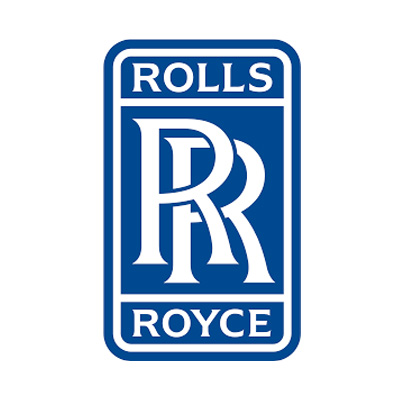How Rubber is Benefiting the Manufacturing Industry
October 2018Rubber is a highly versatile and useful material. In every vehicle, building and machine, it is easy to identify a rubber component - from car…
Read More Established 1932
Established 1932 
Electrical safety matting, also known as rubber switchboard matting, is a floor covering that provides insulation in an area where there is a risk of shock and in areas of high voltage. Electrical matting contributes to the health and safety of the operatives working in such areas.
View our range of electrical safety matting.
Electrical matting is made from rubber (a mix of synthetic polymers and elastomer) with an anti-slip surface. There are different grades of electrical or switchboard matting and these are designed to fit different voltage requirements. High voltage electrical insulation mats have very high insulation properties and very low temperature resistance. All electrical matting whether it is purchased as a complete roll or in specific mat sizes, needs to bear the “kite mark” and comply with (EU) British Standards. Currently the standard under CENELEC regulations is the IEC EN61111:2009 Live Working - Electrical Insulating Matting. This is to ensure that the mat has been tested to approved standards for the voltage level and integrity of the rubber compounds has not been compromised by the addition of cushioning materials, preservatives, dyes, curatives, and fillers. Mats can simply be laid on the floor, pasted to the floor, or inset into a recess in the floor.
The “rubber” that electrical matting is made from is what is known as dielectric material. This means that its molecular structure prevents the free flow of electrons thereby inhibiting the flow of electricity. This electrically resistant property makes rubber the ideal insulator.
Electrical matting has a broad use and should be used anywhere there is risk of shock but are mostly used in the following industries:
Manufacturing areas where operatives operating machinery:
Generally, electrical matting should be used:
Electrical insulations are becoming more and more complex as technology develops and with it the health and safety risks grow. Electrical matting is required to protect electrical infrastructure and the employees working with and around electricity.
The obvious benefit therefore is the reduced risk of hazards of current leakage wherever electrical matting is used.
Electrical insulating mats will dissipate the current should a leakage of current occur, thereby reducing the shock effect of any operative standing on the mat. As a severe electrical shock can be fatal, electrical insulated mats have become one of the most important modern industrial resources.
Under the standard mentioned above, electrical insulating mats are also oil proof, flame retardant, alkali and acid retardant, puncture resistant, durable against marking, and anti-slip. All these add additional safety and health security to the working environment.
Another, lesser, but still relevant benefit of electrical matting is that they provide a softer surface for any operative working on the electrical equipment. This reduces stress on a worker’s joints and contributes to employee wellbeing.
Specific Electrical mats are also incredibly more effective than general rubber floor matting that isn’t tested to the current standards and will not provide adequate protection.
Electrical insulating mats will only provide protect against electricity contact via the floor. They cannot provide any protection against an electrical shock to a person who directly and simultaneously touches an exposed live conductor and a large area of metal that is likely to have an earth (for example, a control panel). Even with electrical insulating matting installed on the floor near electrical equipment, only suitably qualified and trained personnel should work on electrical equipment.
Rubber is a highly versatile and useful material. In every vehicle, building and machine, it is easy to identify a rubber component - from car…
Read MorePraised for its elastic quality and versatility, rubber is seen as a multi-purpose product that has become one of the world’s most useful materials. Rubber…
Read More










